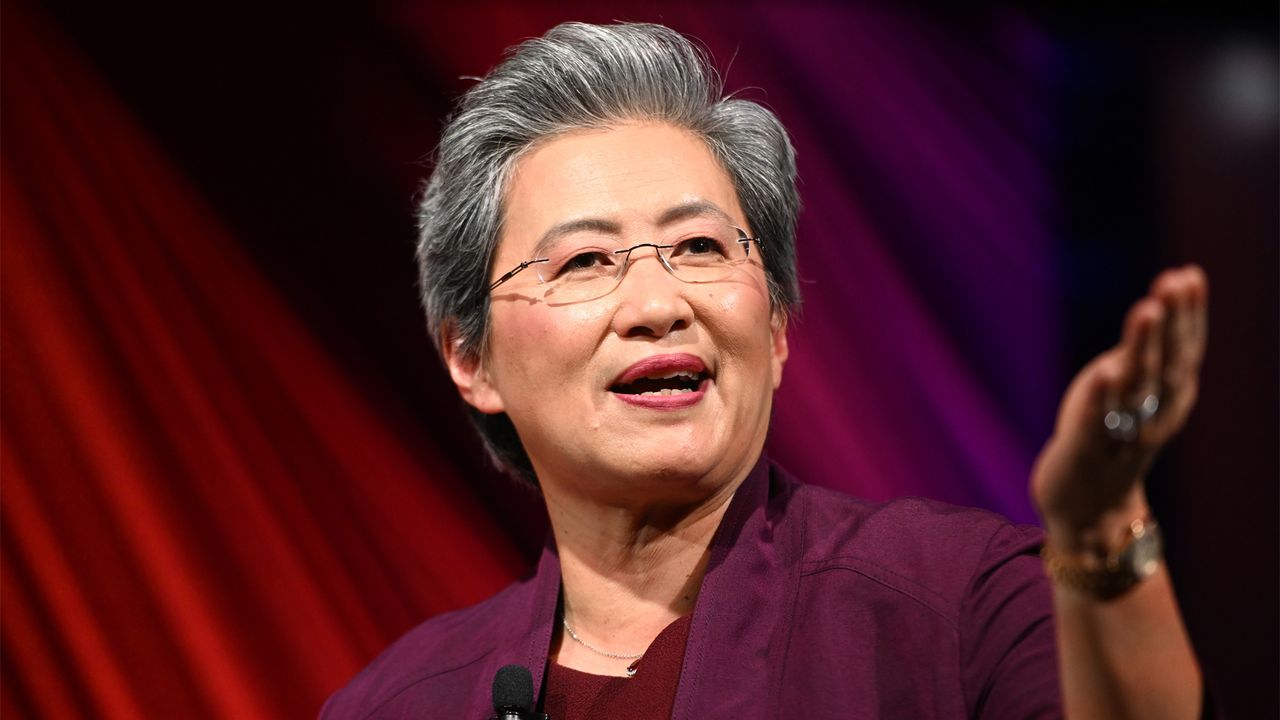
AMD and Oracle have inked a deal for a deployment of 50,000 next-generation MI450 Instinct professional graphics cards and Zen 6 Epyc CPUs as part of an "AI supercluster" Oracle is developing for its cloud infrastructure. It's not clear if this will work in conjunction with, or as part of, the previously announced deals between OpenAI and AMD, or Oracle and OpenAI, but it's yet another example of major AI hardware and infrastructure companies announcing enormous financial investments with one another.
Nvidia has been the darling of the AI scene for the past few years, and particularly so as part of the hundreds of billions of dollars of investment announced just this year to build out new AI inferencing and training data centers around the world. But Nvidia isn't the only company with powerful AI hardware, and AMD's next-generation Instinct GPUs are, at least on paper, a fair competitor for what Nvidia has now and what it has coming next in Vera Rubin. That suggestion, partnered with an insatiable demand for AI compute power, has led to AMD making some serious deals with some very serious AI companies; That now includes Oracle.
The new supercluster Oracle is developing will use AMD's Helios rack system, which combines AMD next-generation Instinct MI450 graphics cards with Venice (Zen 6) Epyc CPUs, as well as AMD's next-generation advanced networking hardware, codenamed Vulcano. Designed for use in both training and inference workloads, AMD positions this combination much like Nvidia does with its NVIDIA GB200 NVL72 clusters, which combine Nvidia Blackwell graphics chips with Grace Hopper processors. It's an all-in-one package that allows companies like Oracle to quickly scale up compute performance for AI workloads.
"Through our decade-long collaboration with AMD—from EPYC to AMD Instinct accelerators—we’re continuing to deliver the best price-performance, open, secure, and scalable cloud foundation in partnership with AMD to meet customer needs for this next era of AI," Oracle said in a statement.
Although AMD's Zen 6 Epyc CPUs and MI450 graphics chips aren't ready yet - the Oracle deployment won't happen until the latter half of 2026 - AMD has already talked a big game about them. It claims they'll be hotly competitive with Nvidia, and even described it as being like the 2021 moment in consumer CPUs, where it finally eclipsed the then-king of the industry, Intel. It plans to do the same to Nvidia next year.
It'll have its work cut out for it, as Nvidia's Vera Rubin GPU design should be much faster and more efficient than Blackwell if Nvidia's performance scaling of the past few generations is anything to go by.
What seemingly won't be difficult for any of these companies, though, is making money from each other and making announcements about how much money they're making from each other. Just about all the top AI software and hardware firms have done deals with one another worth tens of billions of dollars in recent months. It's enough to question where all the money is going to come from, and if someone doesn't pay, is it all going to burst the bubble that grows ever larger with each announcement?

Follow Tom's Hardware on Google News, or add us as a preferred source, to get our latest news, analysis, & reviews in your feeds.







